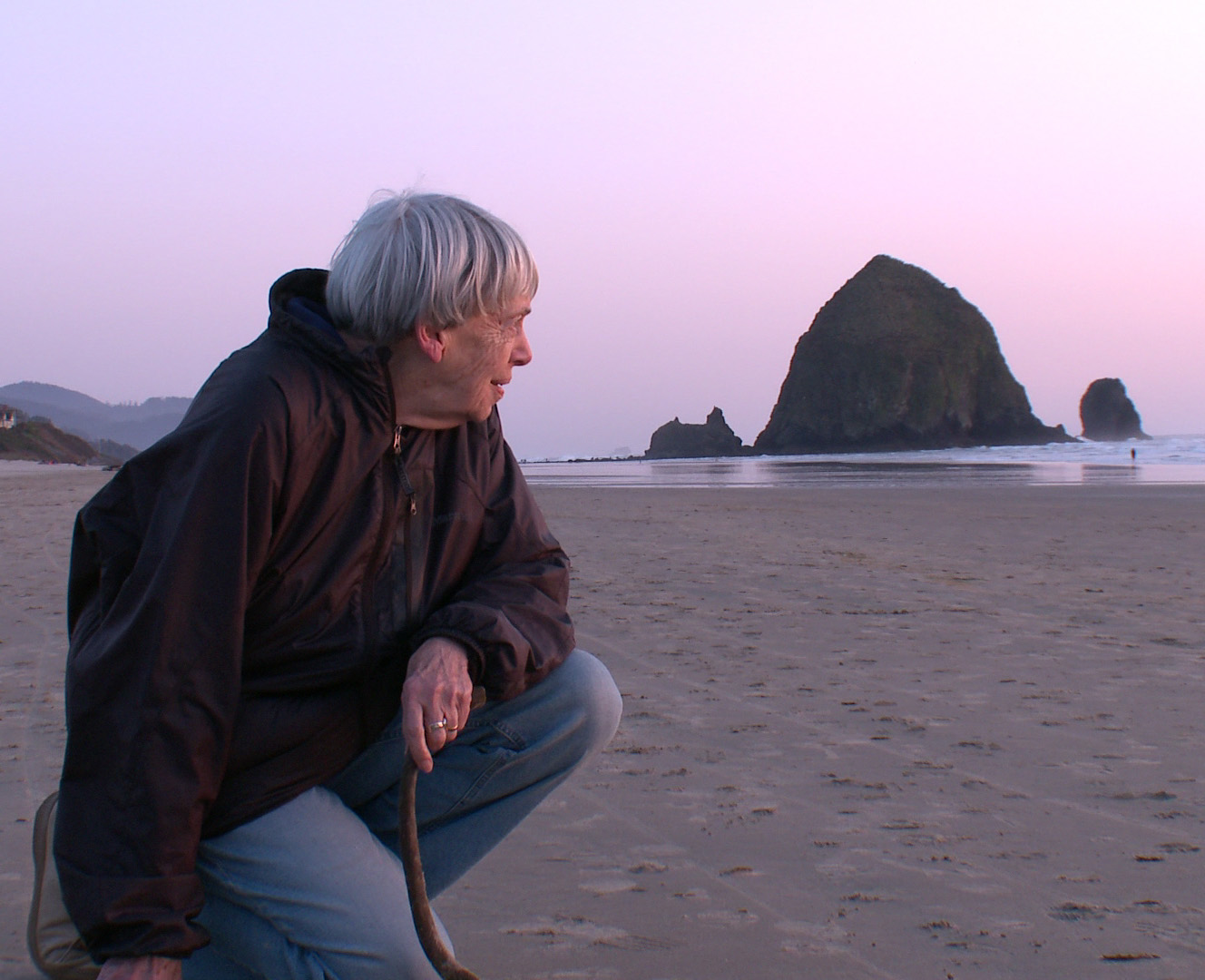There’s still room for Jell-O
Say the word "Jell-O" and watch people’s eyes spark up. It’s a love-hate thing, and it goes way back. Many people recall Jell-O as a fond part of their childhood, yet a good number of those same people won’t admit to eating Jell-O today.
Except, that is, during the holiday season, when the jiggly food continues to find its way onto the dining table.
Jell-O got its start in 1845, when Peter Cooper patented a digestible product that was firmed up with gelatin. In 1897, Pearle Wait, a carpenter in LeRoy, New York, experimented with gelatin additions to his home-brewed cough and laxative remedies, creating a fruit-flavored dessert that his wife, May, named Jell-O.
Wait tried unsuccessfully to market his product. In 1899 he sold his formula to Frank Woodward, another LeRoy-ite, for $450. Along with other products – including Grain-O, a grain-based coffee substitute – Woodward began producing and marketing the gelatin dessert.
In 1897, Woodward incorporated the Genesee Pure Food Company and in 1899 purchased the name and the business of Jell-O from Wait. In 1900, the Jell-O name was first used by the Genesee Pure Food Company, along with a slogan touting Jell-O as "The delicious dessert – delicate, delightful, dainty."
The first four Jell-O flavors were orange, lemon, strawberry and raspberry.
Lime was introduced in 1930.
Handsomely groomed salesmen brought the product to county fairs, church socials and even took it door-to-door. Posters and billboards carried the four-year-old Jell-O girl to the public. The slogan, "There’s Always Room for Jell-O," became so famous that it is still well known today.
In 1909, the Genesee Pure Food Company posted sales earnings of over $1 million. Four years later, that number doubled. In succeeding years Woodward’s company was sold to the Postum Cereal Company and became the first subsidiary of what would become the General Foods Corporation.
Along with the general Foods acquisition came the signing of film star Jack Benny and the development of the "J-E-L-L-O" song and slogan. Andy Griffith and Bill Cosby also became famous Jell-O spokespersons.
Today Jell-O is manufactured by Kraft/General Foods in Dover Delaware, a massive corporation with annual revenues around $30 billion. And the name Jell-O is as ubiquitous for gelatin desserts as is Kleenex for facial tissues and Xerox for copy machines. A box of Jell-O is sold in the United States every second.
The gelatin comes in both regular and sugar-free varieties, a surprising range of colors and at least 26 flavors. Kraft’s Jell-O web site offers Jell-O molds ranging from Easter eggs to alphabet cutouts to gingerbread men.
Sugars, sugar substitutes, preservatives, artificial colors and artificial flavors round out each box. While it’s not the most nutritionally conscious food on the block, JELL-O is commonly used in hospitals and sickrooms for its comforting appeal. The sugar-free version is even touted by the South Beach Diet.
For those who crave nostalgia, the Official JELL-O Museum lives on in LeRoy, New
York. Lynne Belluscio is the curator of the LeRoy Historical Society and director of the JELL-O Museum.
This holiday season, when you dig your spoon into the JELL-O dish that’s materialized on your dinner table, do so with pride. After all, you’re eating a wiggly little piece of history.
The weird world of JELL-O
The people of Salt Lake City, Utah, consume more lime-flavored Jell-O than any other city in the United States. The 2002 Winter Olympics – held in Salt Lake
City – acknowledged this relationship with a commemorative Jell-O Olympic charm.
March 17, 1993: Laboratory technicians tested a bowl of lime Jell-O with an EEG machine and showed brain waves identical to those of adult men and women.
Recent projects showed that a gummy "finger" made of Jell-O could successfully lift human fingerprints, using them to bypass fingerprint-based security systems. Once the perpetrator was in, they could eat the evidence.
Feb. 5, 1981: In Brisbane, Australia, Paul Squires and Geoff Ross created the world’s largest serving of Jell-O, 7,700 pink gallons worth $14,000. The stunt qualified for the Guinness Book of Records.
During an air show at the Woodward Airport, one contest involved having pilots land their planes, run up to a table, eat a bowl of Jell-O and then run back to their planes and take off.



